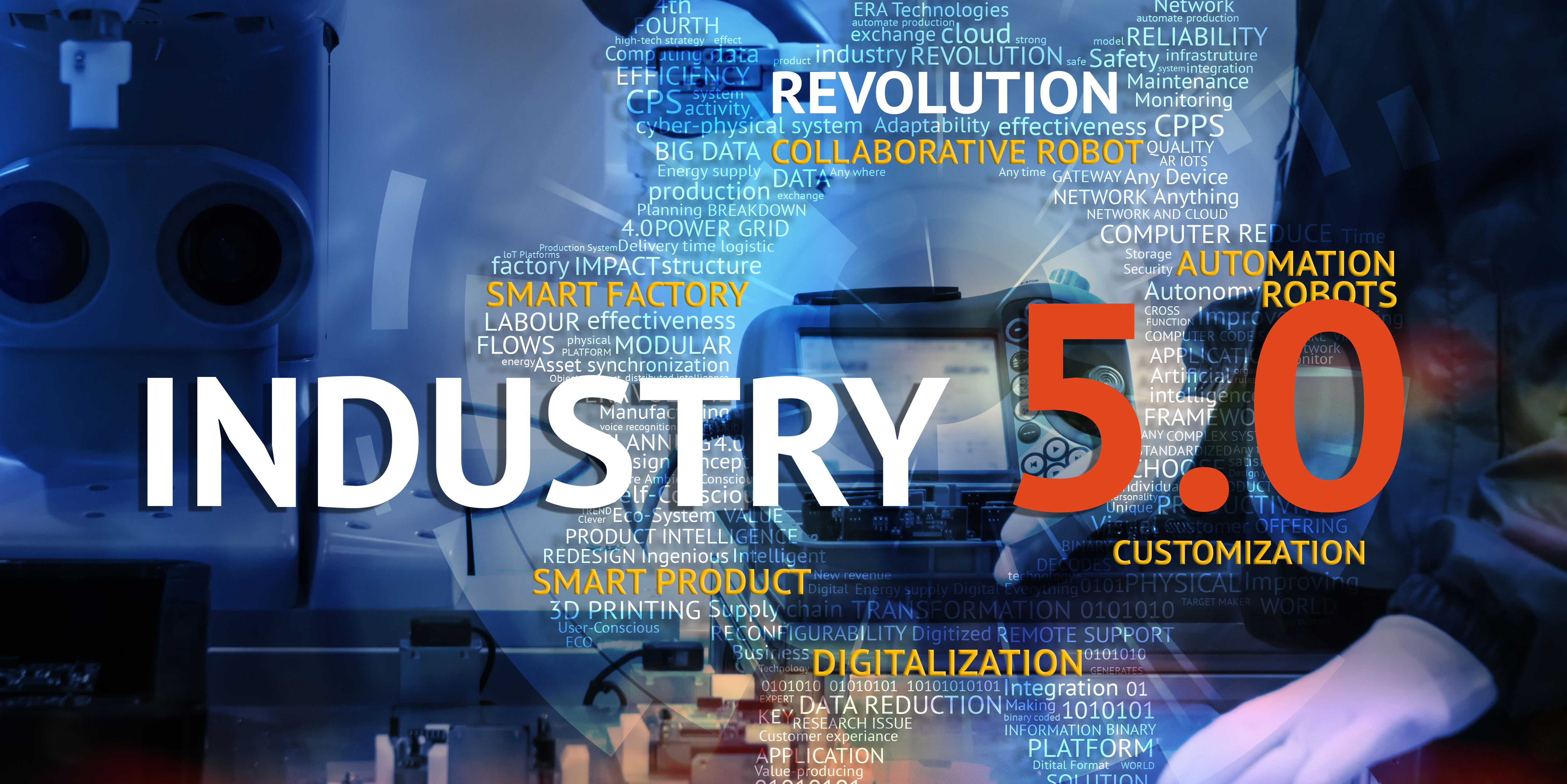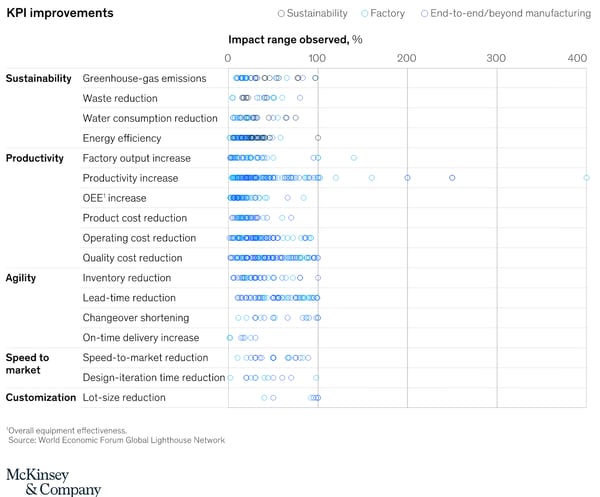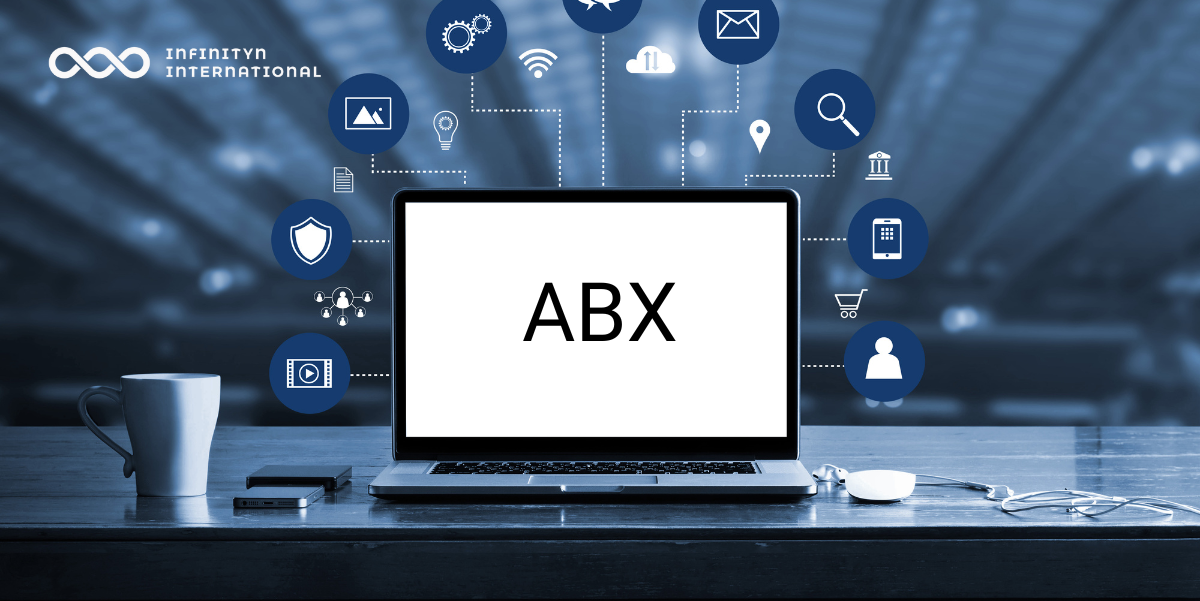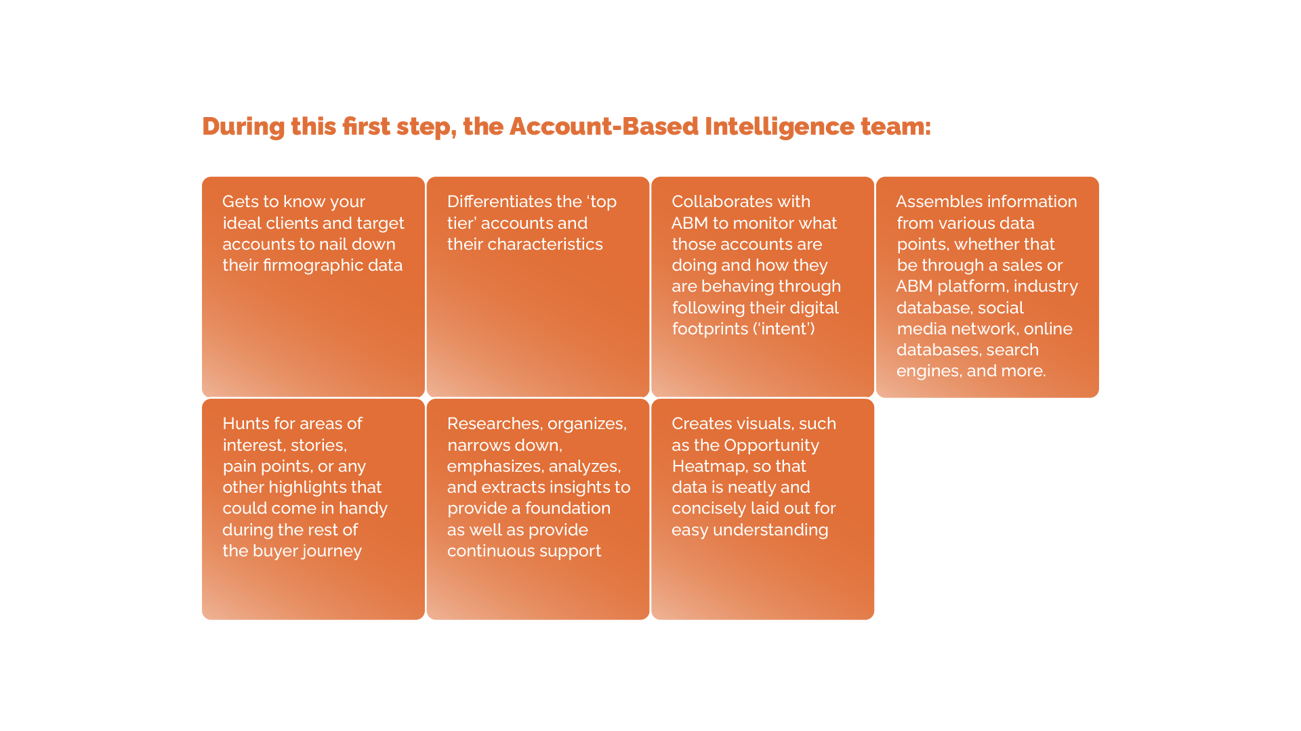Importance of Customer Experience – Part 1
OVERCOMING CHALLENGES OF B2B MARKET IN THE PAST AND PRESENT

Although changes are governed by various factors, rapid industry evolution never stops. Whether internally or externally induced, urgent or long-term, these changes dictate the rhythm for organizations, and they need to be able to adapt fast for the sake of success.
Today, trends are pointing toward the importance of digital transformation which requires businesses to employ cutting-edge technological advancements. It is the so-called Fourth Industrial Revolution – or Industry 4.0 – that has been pushing leaders to transform their existing practices and currently we are seeing the rise of Industry 5.0, the next phase of this digital makeover.
According to experts in the innovation field, the latter is the enhanced but continued version of the previous phase, but what are the differences between the two phases? What does it mean for organizations?
Let’s explore these questions through an overview of Industry 4.0 and Industry 5.0 and see their implications for the future of businesses!
Having gained prominence in the early 2020s, this phase of the Industrial Revolution is easily recognizable by its main focus on the presence of machinery and automation in different industries. As IndustriALL explains, Industry 4.0 ‘is about the use of advanced technology to leverage productivity and efficiency in industries’ - such technologies are ‘artificial intelligence (AI), robotics, the internet of things, the use of sensors, and automation of systems’.
All these are not necessarily limited to the industrial sector – Industry 4.0 is transforming business practices as well. For them, it means that marketing and sales processes are set to become highly automated and heavily data-driven. Thanks to the automation and data exchange promoted by the principles of Industry 4.0, organizations where these practices are implemented experience significant improvement in productivity and efficiency, while greatly enhancing their agility and increasing their profitability too.
With the help of these elements, businesses that successfully implement the principles of Industry 4.0 and adapt their practices have seen tremendous results in terms of their various KPIs - as seen in Image 1 below.

McKinsey’s report indicates that the implementation of Industry 4.0 means great benefits. However, most companies have not managed to embark on this journey just yet, and while industries such as automotive are leading the revolution – many lag behind. Nonetheless, the next step of the revolution is here, and it brings about a whole new perspective to Industry 4.0 and it’s ready to transform businesses.
As opposed to the previous phase, Industry 5.0 takes a sharp turn and directs attention to the human element. We may consider it an enhanced next version of Industry 4.0 – while Industry 5.0 complements the efforts of the former, it also ‘reflects a shift from a focus on economic value to a focus on societal value, and a shift in focus from welfare to wellbeing’ (Forbes).
Compared to Industry 4.0, Industry 5.0 is…
… while relying on the technological advancements of Industry 4.0 at the same time.
The beauty of Industry 5.0 is that it offers all the benefits of its former version and brings on new advantages as well.
All these results in a great balance between man and machine, allowing for a greater experience for workers, company, and customers alike. These exact notions are what businesses need if they want to keep up with the changes of the economic turmoil around them and although the principles of Industry 5.0 are still relatively new to sectors apart from automotives for example, we will see them gaining serious momentum among other industries in the upcoming months and years.

OVERCOMING CHALLENGES OF B2B MARKET IN THE PAST AND PRESENT

Where there is a will… The changes in economic currents are inevitable. Sometimes they are relatively predictable, signs hinting at an upcoming...

The business world is shaken by the repercussions of current events and those in the near past. With our economic conditions becoming more and more...

Transformation is Key Transition projects can offer an excellent opportunity for growth and expansion while complying with current business trends...

Businesses across different sectors and industries are facing hardships amidst the economic haze that has been looming over the world from the...

Strategic Investment in Technology In the ever-evolving landscape of business, the journey from product ideation to market success is riddled with...

“Every company wants to increase revenue.” That’s a pretty safe and agreeable statement to make.

Today’s sales and marketing teams don’t have access to the right data to know which accounts to pursue, and what to say. They’re forced to rely on...

What’s the philosophy behind the technology of the most successful ABM programs? Answering this question was not the original intent when we set out...

What we call agile account-based marketing (AABM), is a newly emerging discipline. As such, the industry of marketing service providers - agencies...

TOPO’s “2019 ACCOUNT BASED BENCHMARK REPORT” – which included 150 account-based organizations - showed that every participant reached or exceeded a...

If you’ve clicked on this article, there’s a fair chance you are considering outsourcing your sales, marketing, customer success and overall revenue...